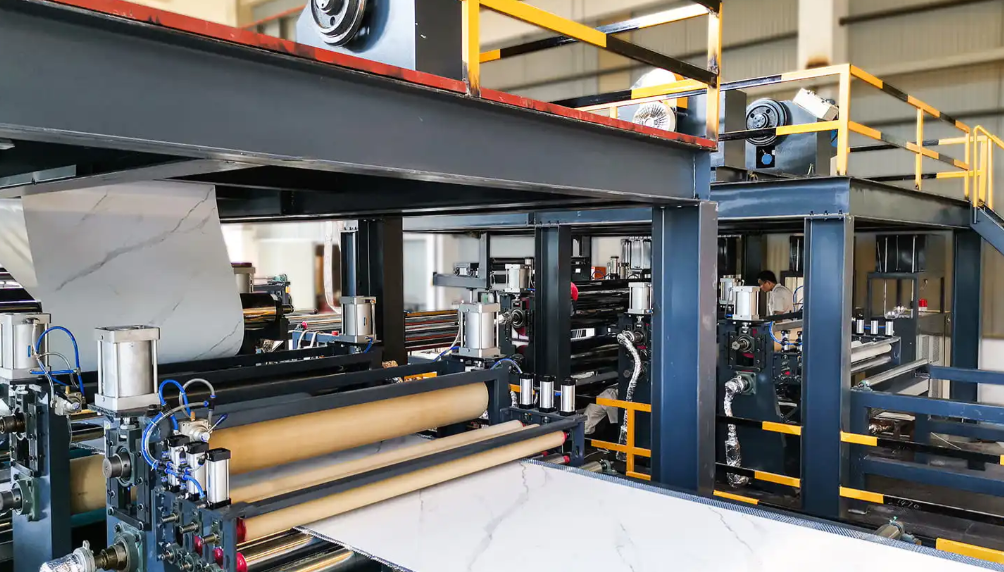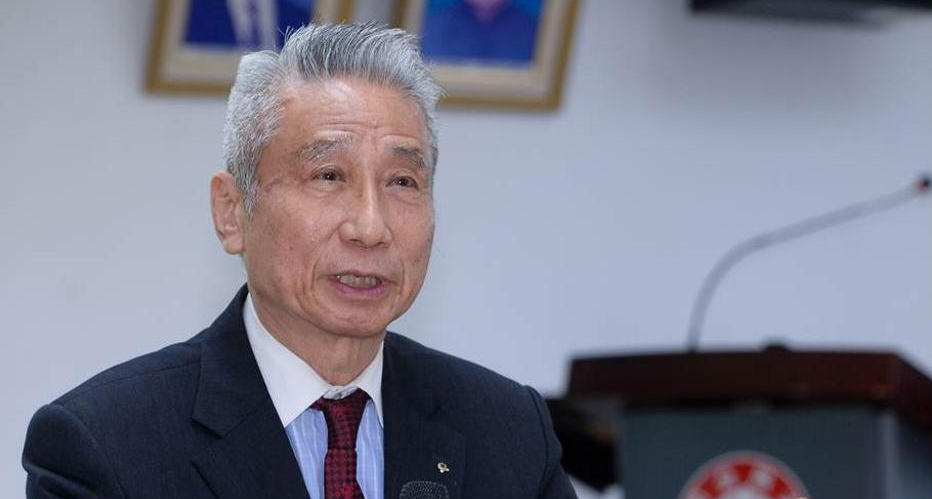How ACP Line Development Shapes Panel Production

ACP Line and Aluminum Composite Material Engineering are topics often discussed together when companies evaluate production routes for composite panels. Many project planners examine both because the efficiency of the ACP line affects construction schedules, while engineering choices determine material performance and long-term stability. When manufacturers outline their workflows, they usually connect these two aspects to explain how each stage influences the next.
Across different factories, an ACP line typically includes material feeding, lamination, heating, cooling, cutting, and stacking. Each step carries its own rhythm, and small adjustments can influence the uniformity of the panels. Technicians observe variables such as heat distribution, roller pressure, and adhesive flow patterns. These observations help stabilize the final structure of the composite material so that the surface remains even and the core layer bonds properly.
Aluminum Composite Material Engineering emphasizes how the aluminum skin interacts with the core. Engineers test core density, thermal behavior, and surface hardness to ensure the panel fits the intended application. When reviewing samples, teams compare bending strength, peel resistance, and color consistency. Although these tests appear routine, they guide whether a panel suits interior decoration, signage, or exterior cladding.
Color coating is another area where small differences matter. Some projects require soft metallic effects, while others use matte surfaces to reduce glare. Engineers study coating adhesion and examine how the color performs under different lighting angles. They adjust pigments and coating thickness based on project requirements rather than merely following a standard template.
Visitors touring an ACP production workshop often pay attention to heating sections. The heating tunnel must reach a controlled temperature to ensure the polyethylene or mineral-filled core softens just enough for lamination. If the heat drifts, the bonding layers may not merge evenly. Skilled technicians monitor the indicators and adjust settings to maintain steady flow. This keeps the aluminum skins and core in balanced contact.
Cooling is another essential part of the line. After lamination, the panel passes through cooling rollers that gradually lower its temperature. This controlled cooling helps maintain the form and prevents internal stress from forming. Technicians evaluate roller spacing and rotation speed, making sure the panel remains flat and stable.
Cutting and trimming require precision. Engineers confirm the dimensions with repeated measurements to ensure that panels match project specifications. Even a small deviation can affect installation joints. Factories usually arrange dedicated quality-control stations after cutting to examine edges, color lines, and protective film application.




